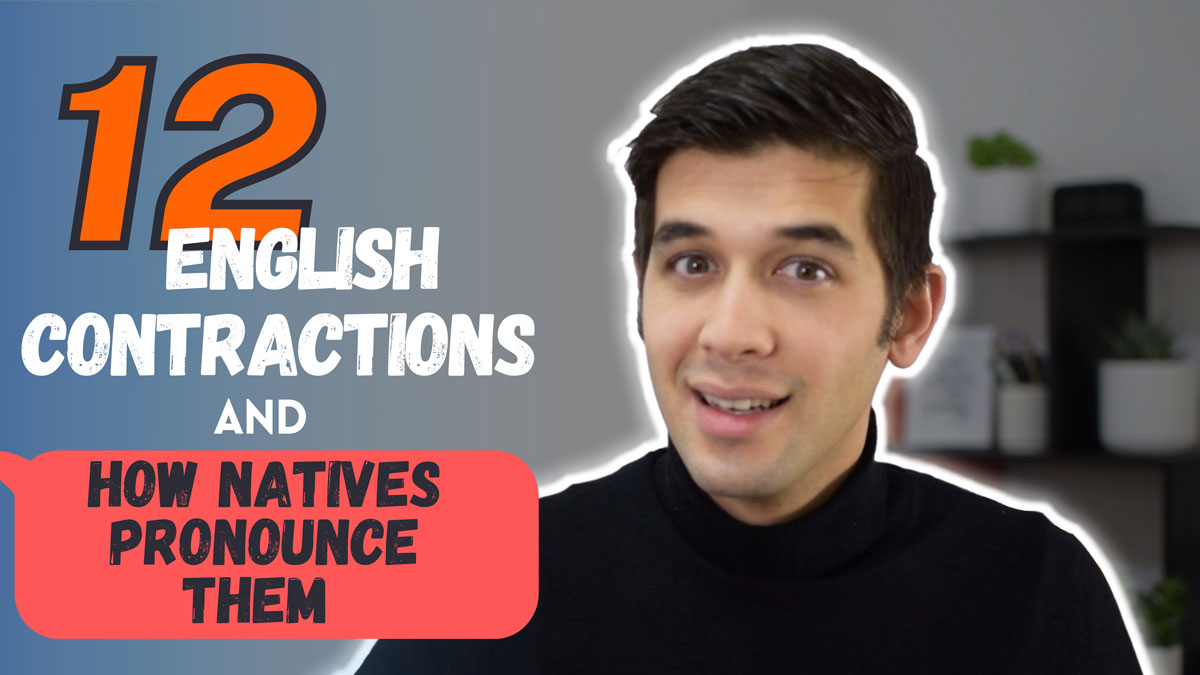What is intonation in English ? What is the importance of learning intonation?
Intonation, is like the musical notes of your speech. It’s the way your voice rises and falls, adding emotion and emphasis to your words. Just like in a song, it helps express feelings like excitement, curiosity, or even concern. Imagine telling a joke without the right intonation – it might not land the way you want it to! Intonation also helps others understand what you really mean, making your conversations more engaging and enjoyable.
Learning intonation is a great English pronunciation practice that helps you improve your speaking skill. If you want to improve your English pronunciation, sound more like a native speaker and make yourself understood better, then you have to learn about intonation and that’s exactly what we are going to talk about in this lesson.
So the first question you may have is the definition of intonation itself. Let’s start from there.
What is intonation in English ?
Intonation in English is the melody of spoken English. It is the way in which your voice rises and falls as you speak. You can say an exact sentence with two different intonations and make it sound completely different!
The value of pronunciation and intonation in speaking
- Highlighting the central point
Intonation in English is not just to add beauty to your speech, it can change the meaning of what you say. For one thing, intonation can highlight the central point in a sentence. You may ask how?
Well, rising the intonation of a certain word in a sentence can say that that word is the center of the message you want to deliver with that sentence. For example, if I say:
It means that it’s me who wants to play tennis.
It means that I like tennis and I don’t hate it. (the central point is like.)
It means that I want to play tennis and I don’t want to watch it.
It means that I want to play tennis, but I don’t want to play soccer.
As you just noticed, the same sentence could have 4 different meanings just by raising the tone of voice on a specific word in that sentence!
- Showing the attitude
For another thing, intonation in English can show the attitude of the speaker. For example, if you are happy you tend to rise your voice and if you are sad, you would lower it.
So the intonation and loudness of your voice can show your attitude. Even though your face doesn’t change! But if you add intonation to some facial expressions you can deliver a concise message.
Types of intonation in English : Intonation patterns
Now let’s learn about intonation patterns. There are three main intonation patterns. Look at this example:
In these sentences, you can see three different intonation types. The first one is the rising intonation. (which means your voice goes up.)
The second one is the fall-rise intonation. (which means your voice first falls and then rises.)
And the third one is falling intonation. (which means your tone of voice falls down.)
Now it’s time to learn more about the types of intonation and see when to use each one of them in order to improve speaking English and pronunciation more clearly.
1. Falling intonation: Of intonation types
We use falling intonation when we want to talk about something which will definitely happen or that is complete. So use it when you are certain of something.
It’s like giving your words a strong, confident full stop. When you use falling intonation, your voice goes down at the end of a sentence, just like when you’re finishing a thought. It’s like saying, “I’ve said what I wanted to say, and now it’s time to let it sink in.” This type of intonation is awesome for making statements or showing that you’re sure about something. For example, when you’re telling a friend about a fun fact, you might say, “Did you know that penguins can’t fly?” See how your voice goes down at the end? That’s falling intonation in action!
But here’s the really cool part, my friend. Falling intonation also helps you sound more mature and in control. It’s like giving your words a powerful punch! So, the next time you want to share something interesting or make a confident statement, remember to let your voice go down at the end. It’s a fantastic tool to have in your communication toolbox! Keep practicing, and soon you’ll be using falling intonation like a pro.
Let’s have a look at some examples of falling intonation:
Falling intonation is also very common in WH questions. For example;
2. Rising intonation: A type of intonation pattern
Rising intonation is very common in yes / no questions. (your voice rises when you get to the end of the question). It’s like giving your words a little question mark at the end. When you use rising intonation, your voice goes up, just like when you’re asking a question. It’s like saying, “I’m not quite done yet, there’s more to come!” This type of intonation is awesome for asking questions or showing that you’re curious about something. For example, when you’re asking a friend about their weekend plans, you might say, “Are you going to the park?” Notice how your voice goes up at the end? That’s rising intonation in action!
But here’s the really cool part, buddy. Rising intonation also helps you sound friendly and approachable. It’s like inviting others to join in the conversation! So, the next time you’re chatting with friends or sharing something interesting, remember to let your voice go up at the end. It’s a fantastic tool to have in your communication toolbox! Keep practicing, and soon you’ll be using rising intonation like a pro. You’re on your way to becoming an awesome communicator!
Look at these rising intonation examples sentences:
Learn more: silent letters in English
Alternative question about intonation
Look at this example:
This sentence is called an alternative question because you have two alternatives, one before “or” and one after “or”. So, when you have “or” in your question, it’s called an alternative question. In these kinds of sentences, you have a rising intonation before “or” and a falling intonation after it. Let’s have a look at other examples:
3. Fall-rise intonation: Of intonation types in English
We use fall-rise intonation when something is incomplete or we are uncertain of something or we still want to continue the sentence and it is not finished yet. For example:
The first part of the sentence has a fall-rise intonation. Which means the sentence is not complete yet. (I want to show contrast.)
In these two examples, the fall-rise intonation was on one word. It’s also possible that the fall-rise intonations are separate on 2 different words! (one word with the falling and the other word with the rising.)
This fall-rise intonation shows that the sentence is not complete and you want to talk about a contrasting point.
Learn more: contractions in English
Intonation in speech
Alright, let’s dive into the awesome world of intonation in speech, buddy! Think of it like the rhythm of your words, adding excitement and emotion to what you’re saying. When you’re excited or asking a question, let your voice go up a bit, like when you’re really pumped about something. When you’re making a statement or expressing surprise, let your voice come down a bit, like when you’re sharing a cool fact. It’s like giving your words a little dance! Practice by reading out loud and paying attention to how your voice naturally goes up and down. The more you play with it, the more interesting and engaging your conversations will become. So, go ahead and have fun with intonation, and let your words come to life!
Now, here’s a secret tip, champ: listen to people who are great speakers. Notice how they use intonation to make their stories exciting or their questions intriguing. It’s like they’re painting a picture with their words! Try to mimic their style, and soon you’ll find your own unique way of using intonation in speech. Remember, it’s all about practice and being yourself. So, hop on this intonation adventure, and watch how it turns your words into magic! You’ve got this!
Summary of the lesson: Intonation in English
In this lesson we have learned about 3 different patterns of intonation:
✅ Falling intonation
✅ Rising intonation
✅ Fall-rise intonation
And we’ve learned how intonation can help us to improve our pronunciation, sound more like a native speaker and make ourselves understood better!
And that’s what you need to know about intonations. please don’t forget to practice and pay attention to the sentences you hear to identify their intonation patterns. It’s worth mentioning that listening to a good English learning podcast will help you a lot to level up your listening and speaking skills to the next level.






















excuse me is there a pdf of the lesson?
Can I get a pdf of this lesson, please?